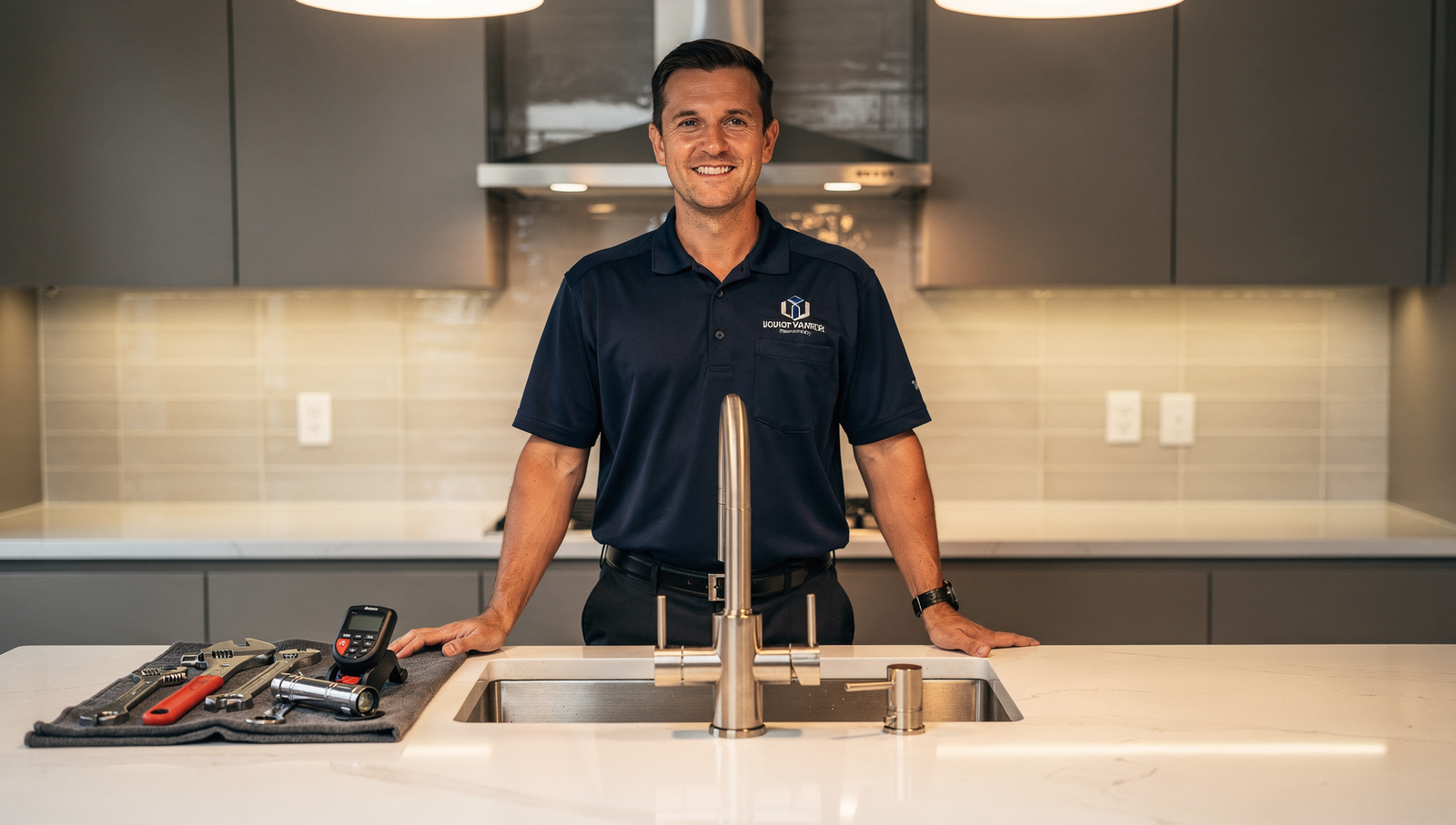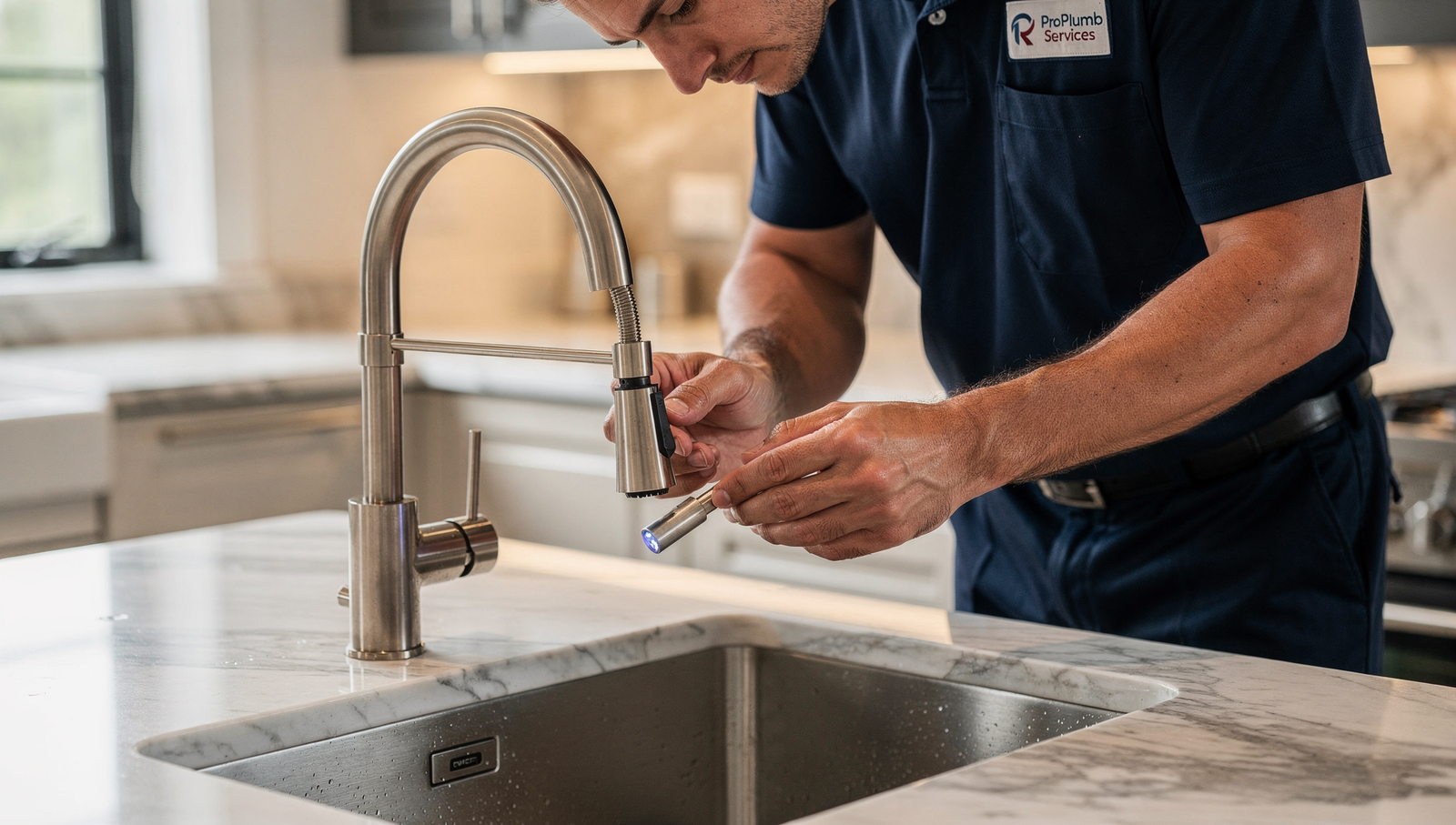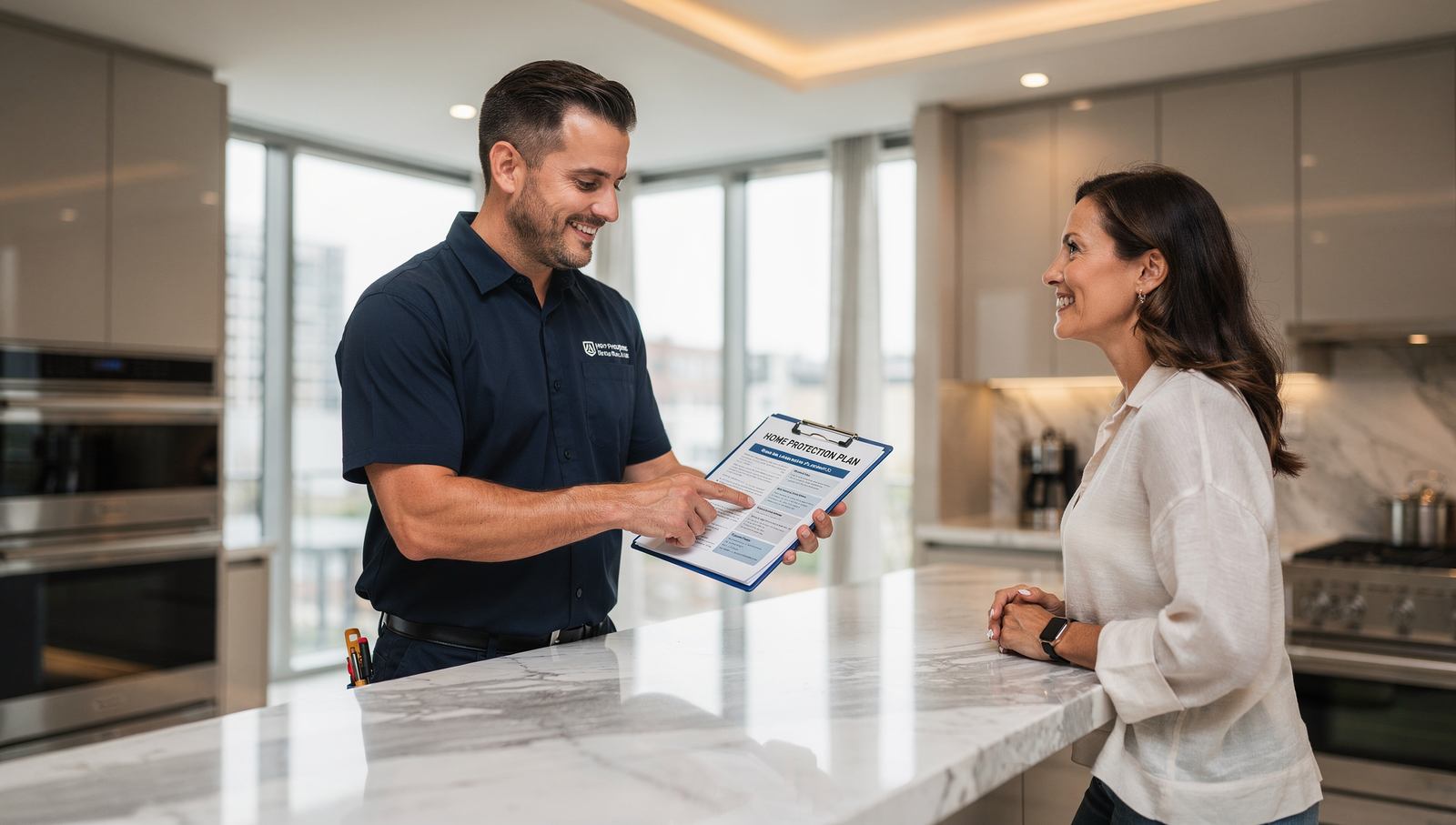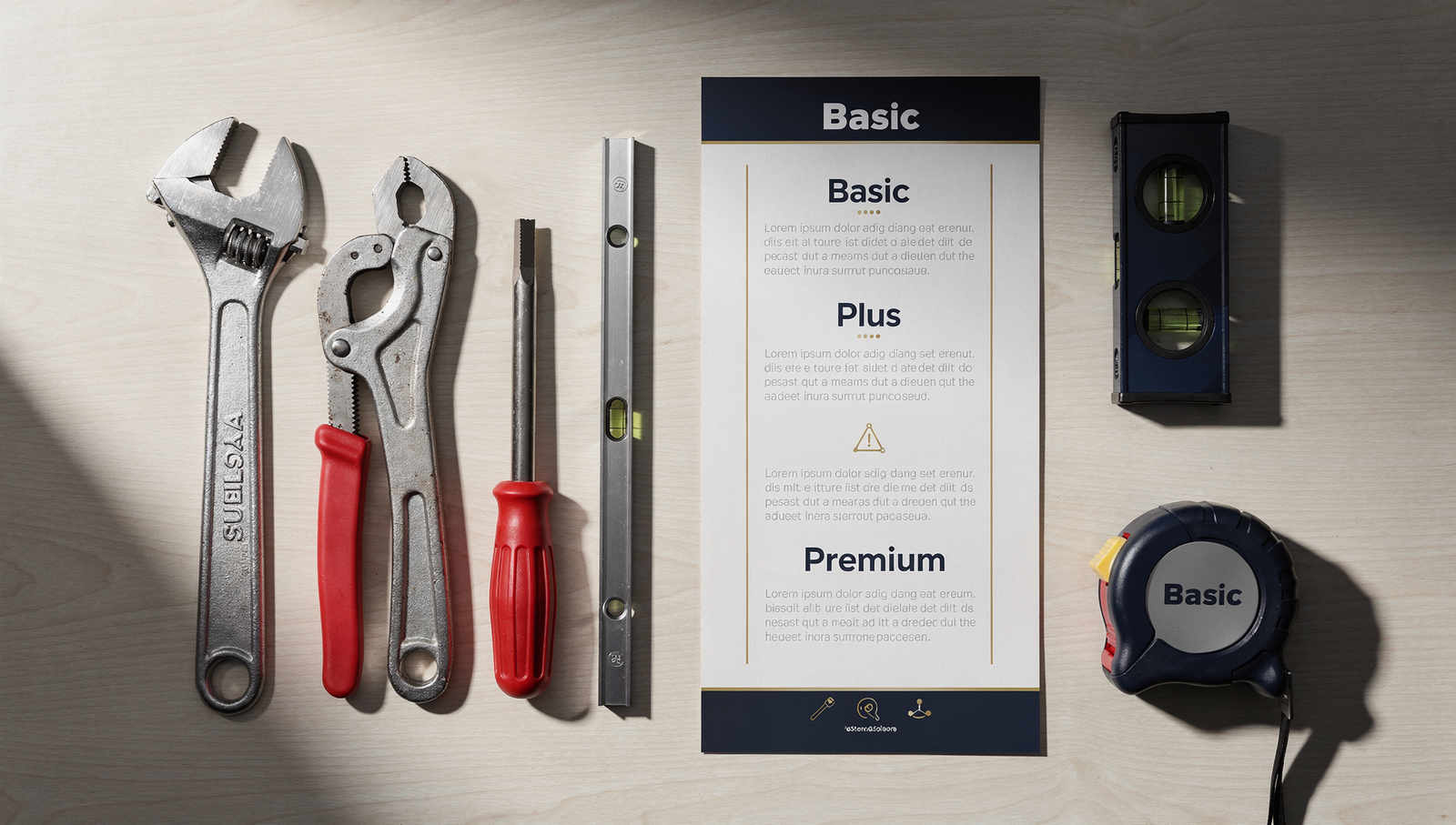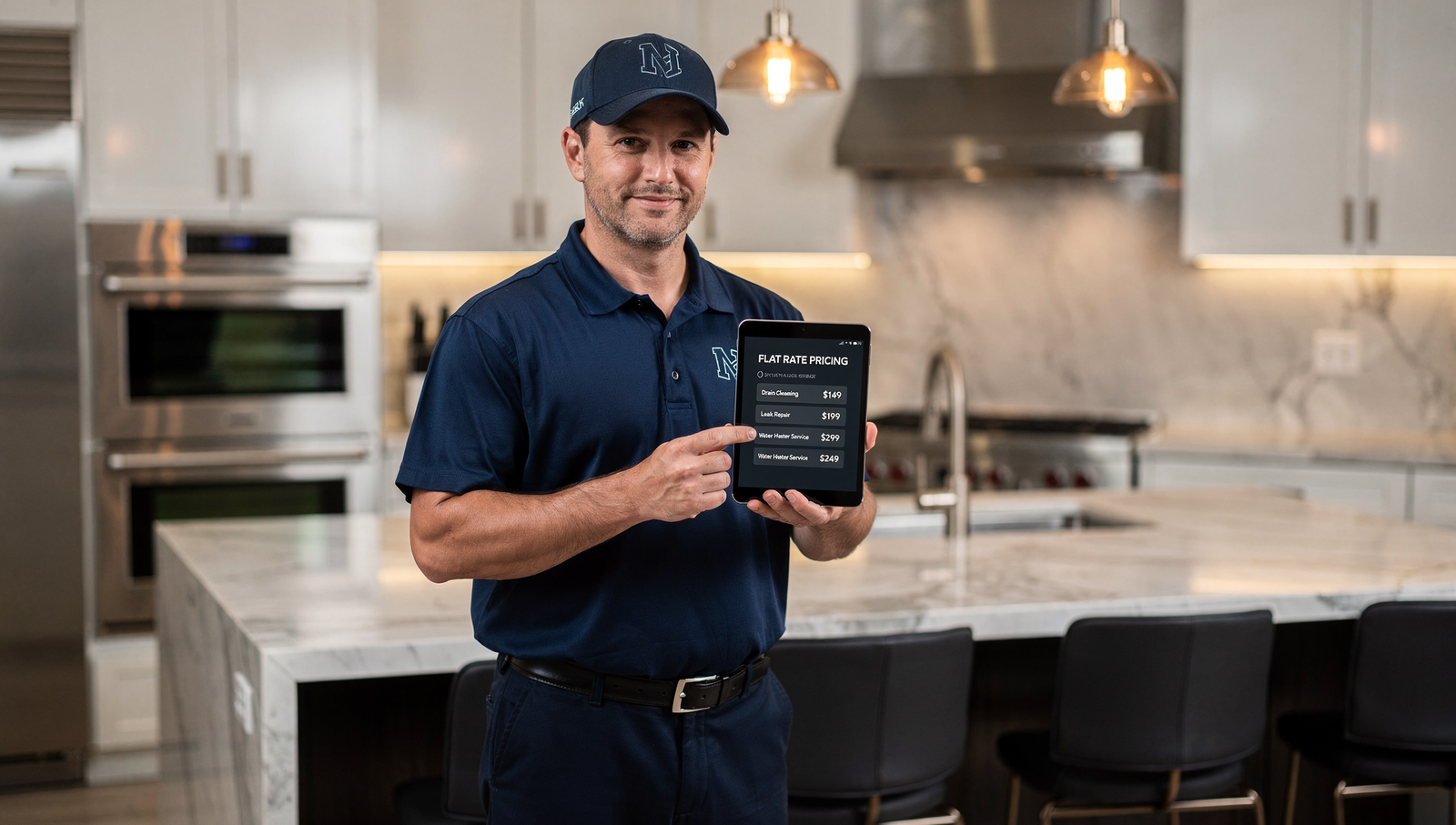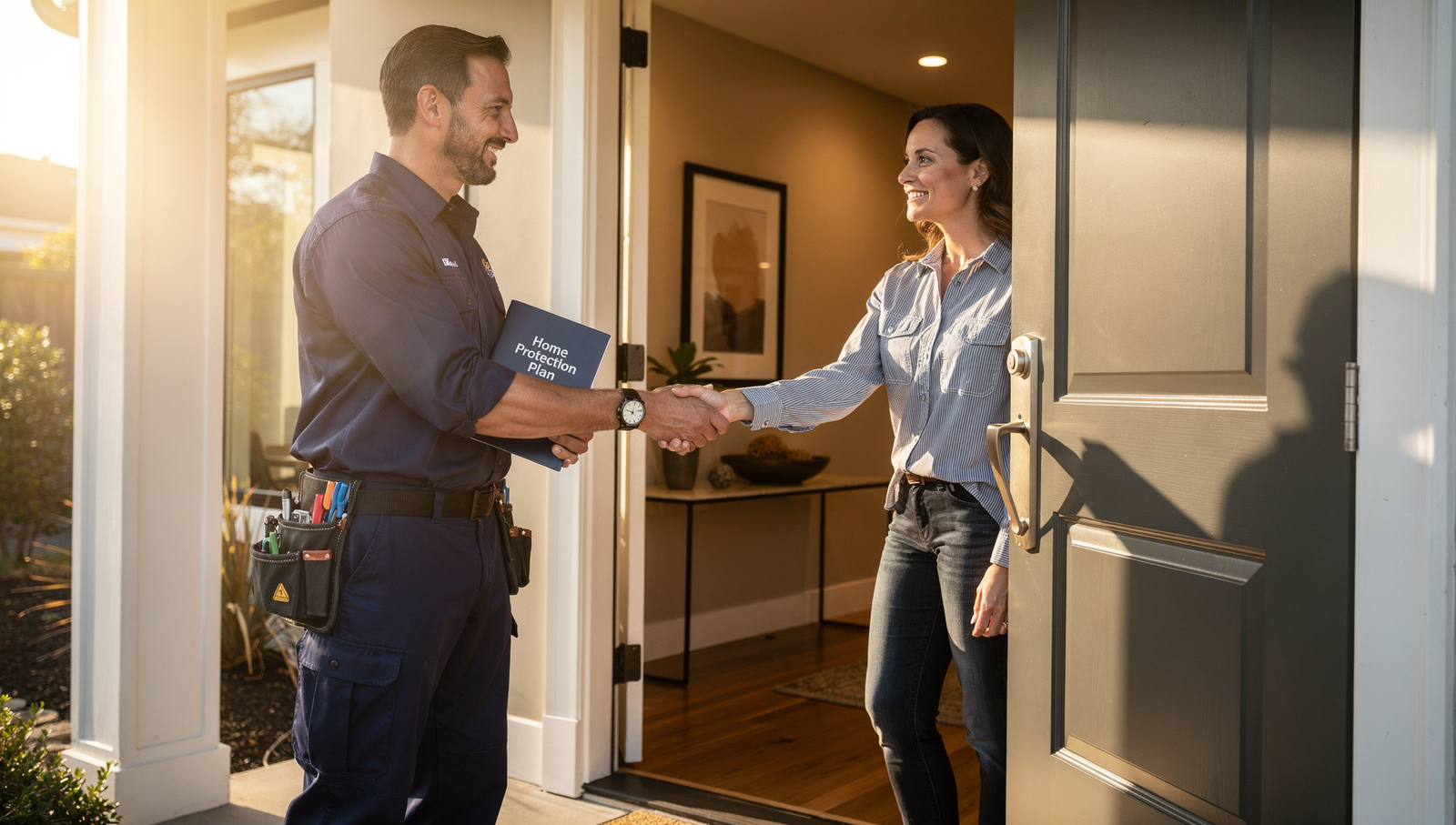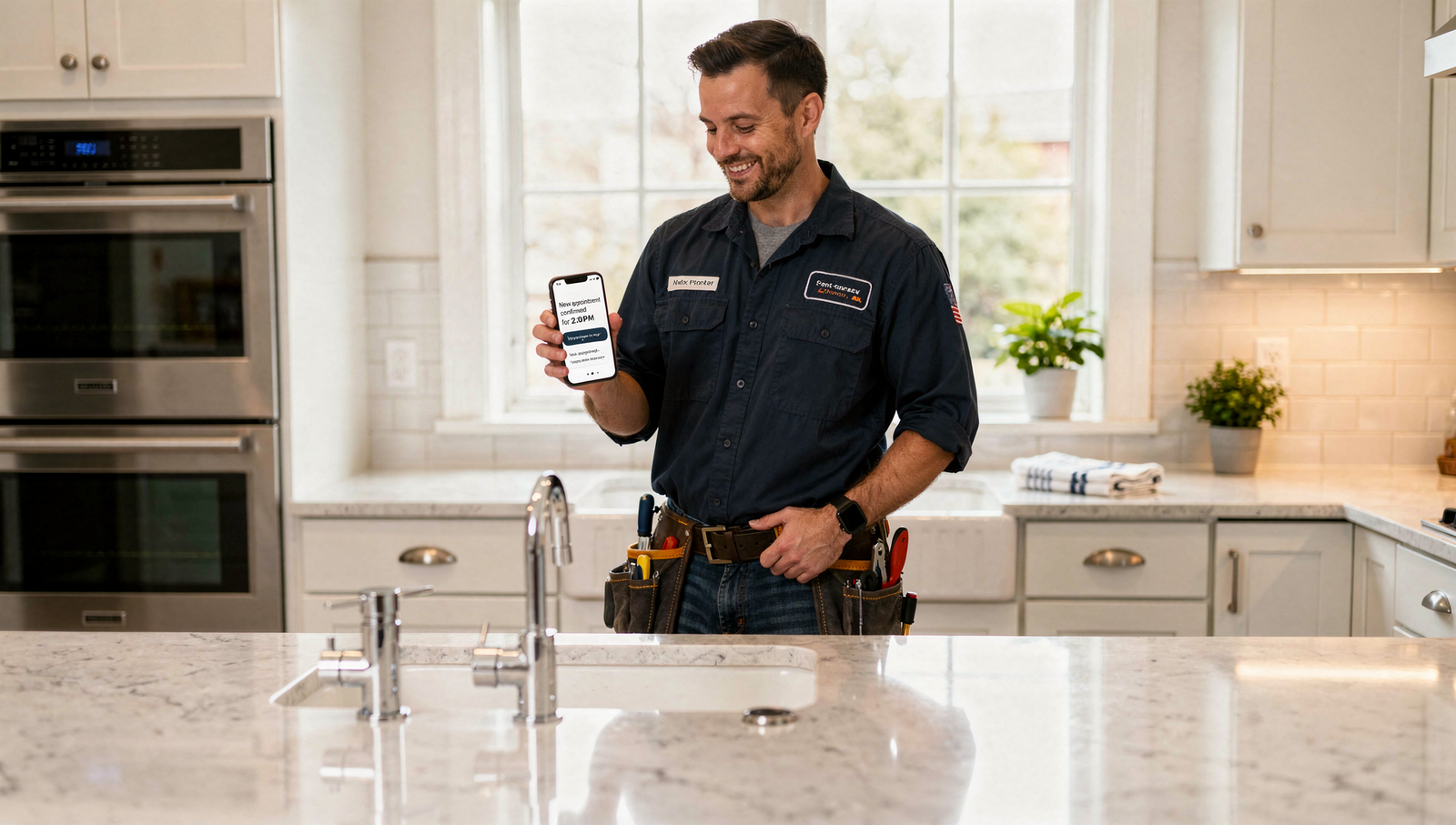Best Image Sizes for Real Estate Websites: The Complete Guide for Agents

When it comes to making a lasting first impression online, your real estate website’s visuals are everything. Clients may read your bio eventually, but before they do, they’re judging the quality of your photos. And here’s the kicker: even the most beautiful image of a luxury home can look pixelated, distorted, or painfully slow to load if it’s not optimized correctly. That’s why knowing the best image sizes for real estate websites is so important.
Let’s break this down in a way that’s both technical and practical. By the time you finish reading, you’ll know exactly how to size, format, and optimize images so your website loads quickly, looks stunning on every screen, and keeps potential buyers and sellers engaged.
Why Image Size Matters for Real Estate Websites
Studies show that websites with high-quality images receive up to 94% more views than those with poor visuals. That’s not surprising when you consider how people shop for homes: it’s an emotional, visual decision.
But it’s not just about looking pretty. Here’s what correct image sizing does for your site:
Improves load speed: Google research shows that if a page takes longer than 3 seconds to load, over 50% of users will leave.
Boosts SEO rankings: Fast-loading, properly optimized images send positive signals to search engines.
Enhances user experience: Crisp, clear visuals keep visitors on your site longer.
Builds trust: Blurry or awkwardly cropped images make you look less professional.
In other words, image size is both a design and a marketing decision. It’s like the difference between showing up to a listing appointment in a pressed suit or a wrinkled T-shirt.
If you’ve read our post on Real Estate Website Conversion Tips, you know every detail of your site either builds trust or repels clients. Image sizing is no exception.
Standard Best Image Sizes for Real Estate Websites
Let’s get practical. Here are the most important image categories on your website and the recommended sizes for each.
1. Hero Images (Homepage Banners)
Optimal size: 1920 x 1080 pixels
Format: JPG for photos, WebP for compression without quality loss
Why: Hero images are the first thing visitors see. They need to be large enough to look sharp on widescreens but optimized so they don’t slow down mobile devices.
2. Property Listing Photos
Optimal size: 1200 x 800 pixels
Format: JPG (or WebP if supported)
Why: MLS and IDX systems often resize images, but uploading high-quality originals ensures they look consistent across all devices.
3. Blog Post Images
Optimal size: 1200 x 675 pixels
Format: JPG or WebP
Why: This size aligns with social media preview cards, making it perfect for sharing across Facebook, LinkedIn, and Twitter.
Remember our blog on Why Realtors Need Content Marketing? If you’re writing articles to attract sellers, pairing them with perfectly sized images makes your content far more engaging and shareable.
4. Agent Headshots or Team Photos
Optimal size: 400 x 400 pixels
Format: PNG for transparency or JPG for smaller file size
Why: Square images display best across about pages, bios, and directories. You don’t want stretched faces or awkward crops here.
5. Logo and Branding Graphics
Optimal size: 250 x 100 pixels (for header use)
Format: PNG for transparency
Why: A crisp logo in your header and footer boosts your branding, but oversized files here slow down load speed unnecessarily.
6. Gallery or Slideshow Images
Optimal size: 1600 x 1200 pixels
Format: JPG
Why: Larger formats ensure images look sharp even on retina displays, which are common on modern phones and tablets.

File Formats and Why They Matter
Size is only half the battle. Choosing the right format makes the difference between a lightning-fast site and one that drags. Here’s the quick breakdown:
JPG: Best for photos, balances quality and file size.
PNG: Best for graphics with transparency (like logos).
WebP: Google’s modern format, smaller than JPG or PNG without losing quality. Supported by most browsers now.
Pro tip: If you want your site to load faster than Zillow’s, start converting images to WebP. It’s a game changer. I use Photopea.com to change the format of our pictures. Simply go to photopea.com, click ‘file,’ then open. Open your image you want to change. Go back to file and hit ‘export.’ Simply choose webp and hit save. Now you have a different format that is SEO optimized!
This fits perfectly with what we shared in Best Free Tools for Realtors — sometimes free, modern tools like image compressors can give you an edge against much bigger competitors.
Compression: The Secret Weapon for Faster Sites
Uploading a 5 MB image to your website is like trying to run a marathon in flip-flops. It works, but not well. Compression reduces file size while keeping quality intact.
Recommended tools:
TinyPNG or TinyJPG: Simple drag-and-drop tools for compression.
ShortPixel: A WordPress plugin that automates compression.
Squoosh: A Google tool for precise optimization.
According to Google, even a 1-second delay in load time can reduce conversions by 20%. For real estate agents, that could mean losing leads who click back to Zillow because your site is slow.
Mobile Optimization: Don’t Forget Small Screens
Over 60% of real estate website traffic comes from mobile devices. That means every image you upload needs to be responsive. Responsive design automatically adjusts images based on screen size.
Best practices:
Use WordPress or your site builder’s responsive settings.
Preview your site on multiple devices before publishing.
Test with tools like Google’s Mobile-Friendly Test.
If you’ve read How to Rank Higher on Google Maps, you know local search is dominated by mobile users. Poor image sizing can ruin that experience before they even get to your contact form.
Real-World Example: Before and After
Let’s say you upload a property image at 6000 x 4000 pixels straight from your DSLR camera.
Before optimization: The file is 8 MB, your site takes 5 seconds to load, and half your visitors bounce.
After optimization: You resize to 1200 x 800 pixels, compress to 250 KB, and your site loads in under 2 seconds. Visitors stick around, browse more homes, and click your lead capture forms.
That’s the power of getting image sizing right.
Extra Tips to Make Your Images Stand Out
Always rename your image files with keywords (e.g., “maplewood-luxury-home.jpg”). This helps SEO.
Add alt text descriptions for accessibility and extra SEO points.
Use consistent aspect ratios across galleries to avoid awkward cropping.
Test your site speed with Google PageSpeed Insights after uploading new images.
Bringing It All Together
Mastering the best image sizes for real estate websites isn’t just about pixels. It’s about creating a fast, professional, and visually stunning online experience that builds trust with buyers and sellers. From hero banners to blog graphics, every image tells your brand story.
As we covered in Facebook Ads vs Google Ads for Realtors, driving traffic is only half the battle. The real magic happens when those visitors land on a sleek, optimized site that loads instantly and looks beautiful.
Ready to Upgrade Your Website?
If your current site feels clunky, slow, or unprofessional, it might be your images holding you back. At Digital Dream Homes, we build luxury, SEO-optimized websites for real estate agents that look stunning and convert visitors into leads. From perfect image sizing to IDX integration, we handle it all.
Book your free consultation today and see how Digital Dream Homes can give your website the polish and performance it deserves.
Matt Pieczarka
Want a Free Website Audit?
Fill out your information below and we will send you a personal screen share video of tips on how to make your actual website better!
See How Many Closings You're Losing to Zillow!
Click Here to Use our Calculator to See How Many Clients Zillow is Taking From You Per Year!
7 Storytelling Plays That Turn Plumbing Websites Into Lead Machines
7 Storytelling Plays That Turn Plumbing Websites Into Lead Machines Facebook X LinkedIn Threads Email The tricks learned in this video and blog post have gotten one of our clients
9 Plumbing Company Branding Strategies That Get More Calls
9 Plumbing Company Branding Strategies That Get More Calls Facebook X LinkedIn Threads Email The tricks learned in this video and blog post will help you get your brand to as many
7 Plumbing Membership Plans Benefits That Boost Profit
7 Plumbing Membership Plans Benefits That Boost Profit Facebook X LinkedIn Threads Email The tricks learned in this blog post have increased recurring revenue for one of our plumbi
7 Plumbing Services Pricing Tiers That Sell Like Crazy
7 Plumbing Services Pricing Tiers That Sell Like Crazy Facebook X LinkedIn Threads Email The tricks learned in this video and blog post have gotten one of our clients an average of
7 Plumbing Service Pricing Strategies To Boost Profit
7 Plumbing Service Pricing Strategies To Boost Profit Facebook X LinkedIn Threads Email The tricks learned in this video and blog post have gotten one of our clients an average of
7 Plumbing Maintenance Agreement Strategies That Drive Revenue
7 Plumbing Maintenance Agreement Strategies That Drive Revenue Facebook X LinkedIn Threads Email Most plumbers leave recurring revenue on the table. These maintenance agreement str
AI Tools for Plumbing Businesses That Book Jobs 24/7
AI Tools for Plumbing Businesses That Book Jobs 24/7 Facebook X LinkedIn Threads Email The AI tricks learned in this blog post have gotten one of our plumber clients an average of
Hiring Plumbers And Onboarding Program For Rockstar Crew Growth
Hiring Plumbers And Onboarding Program For Rockstar Crew Growth Facebook X LinkedIn Threads Email The strategies in this blog post helped one of our plumbing clients cut onboarding
7 SMART Goals For Plumbing Growth In 90 Days
7 SMART Goals For Plumbing Growth In 90 Days Facebook X LinkedIn Threads Email The strategies in this blog post helped one of our clients get organized and grow his plumbing busine

